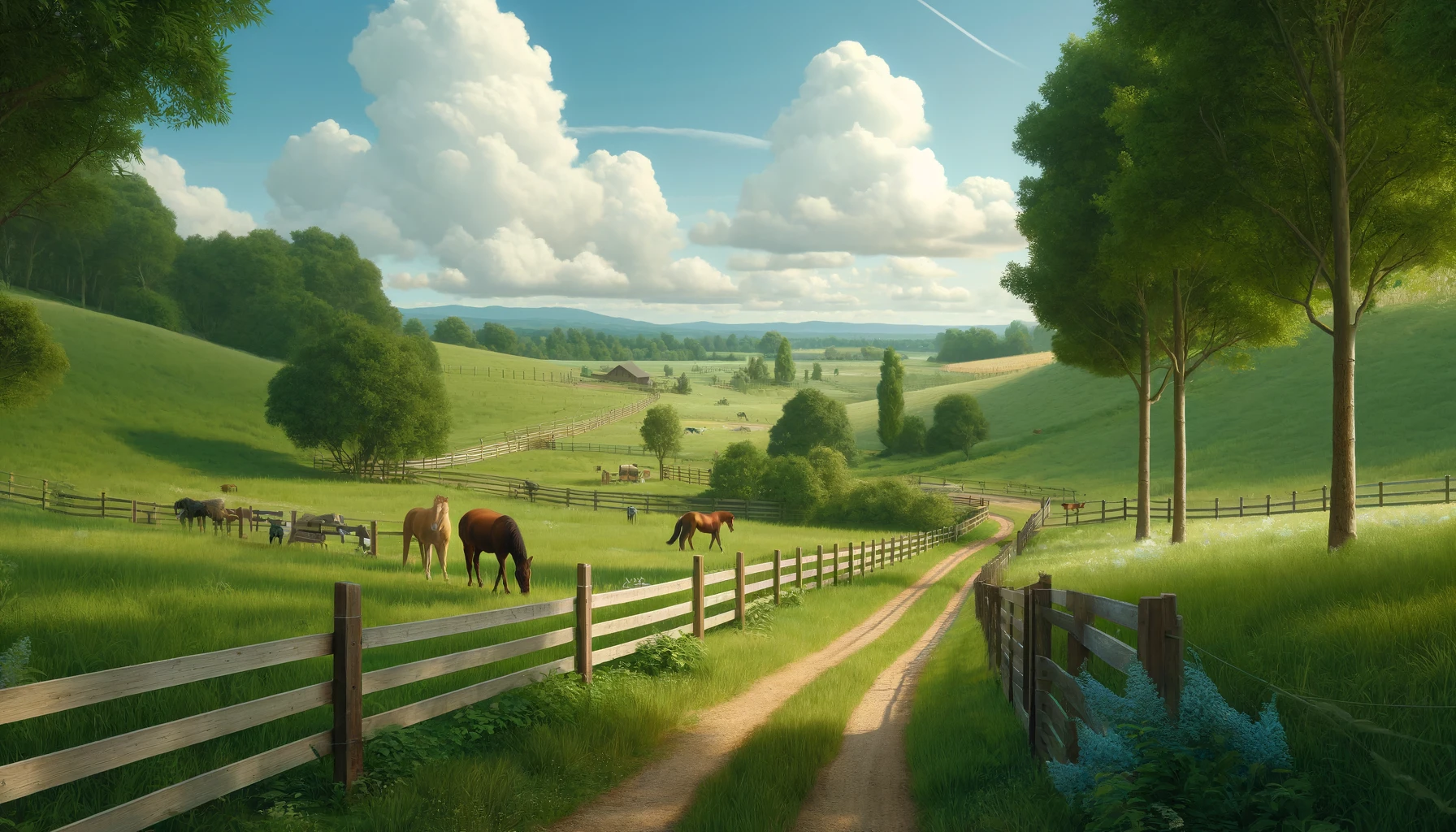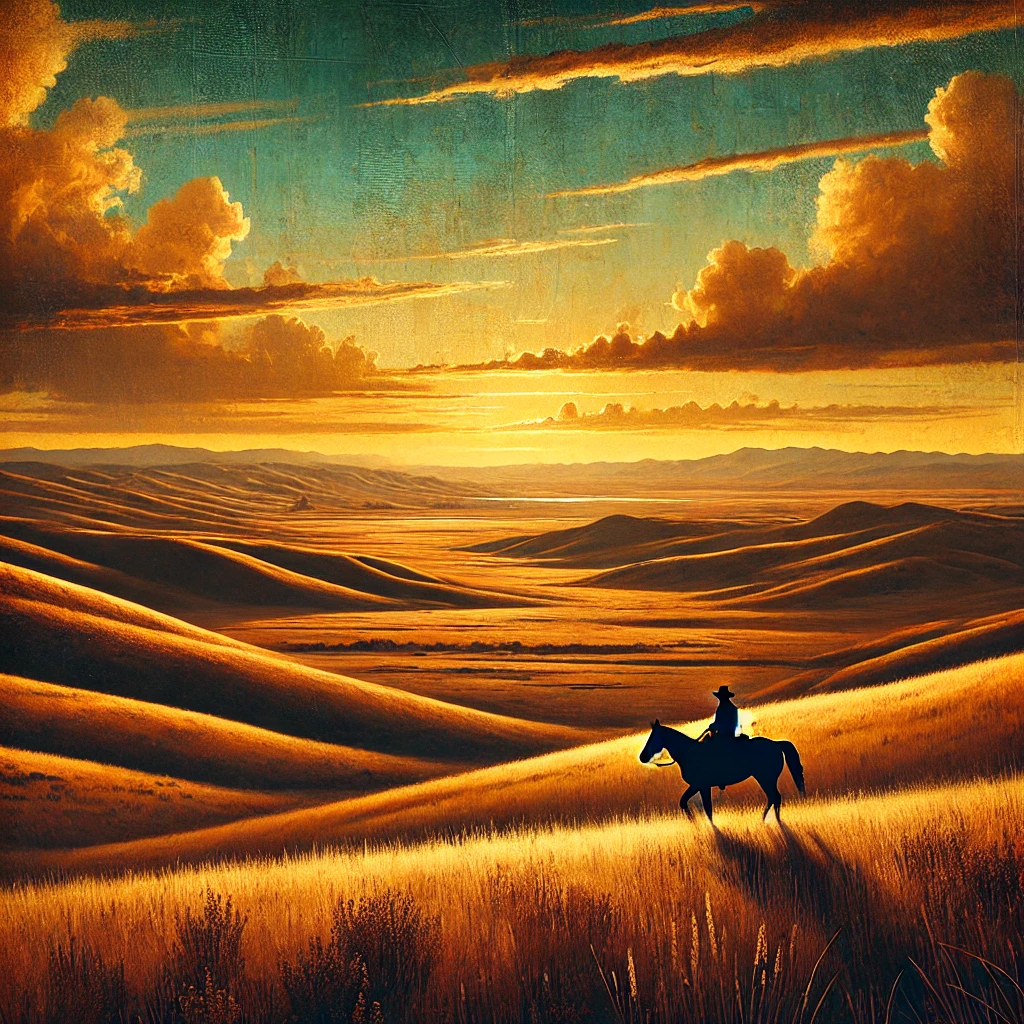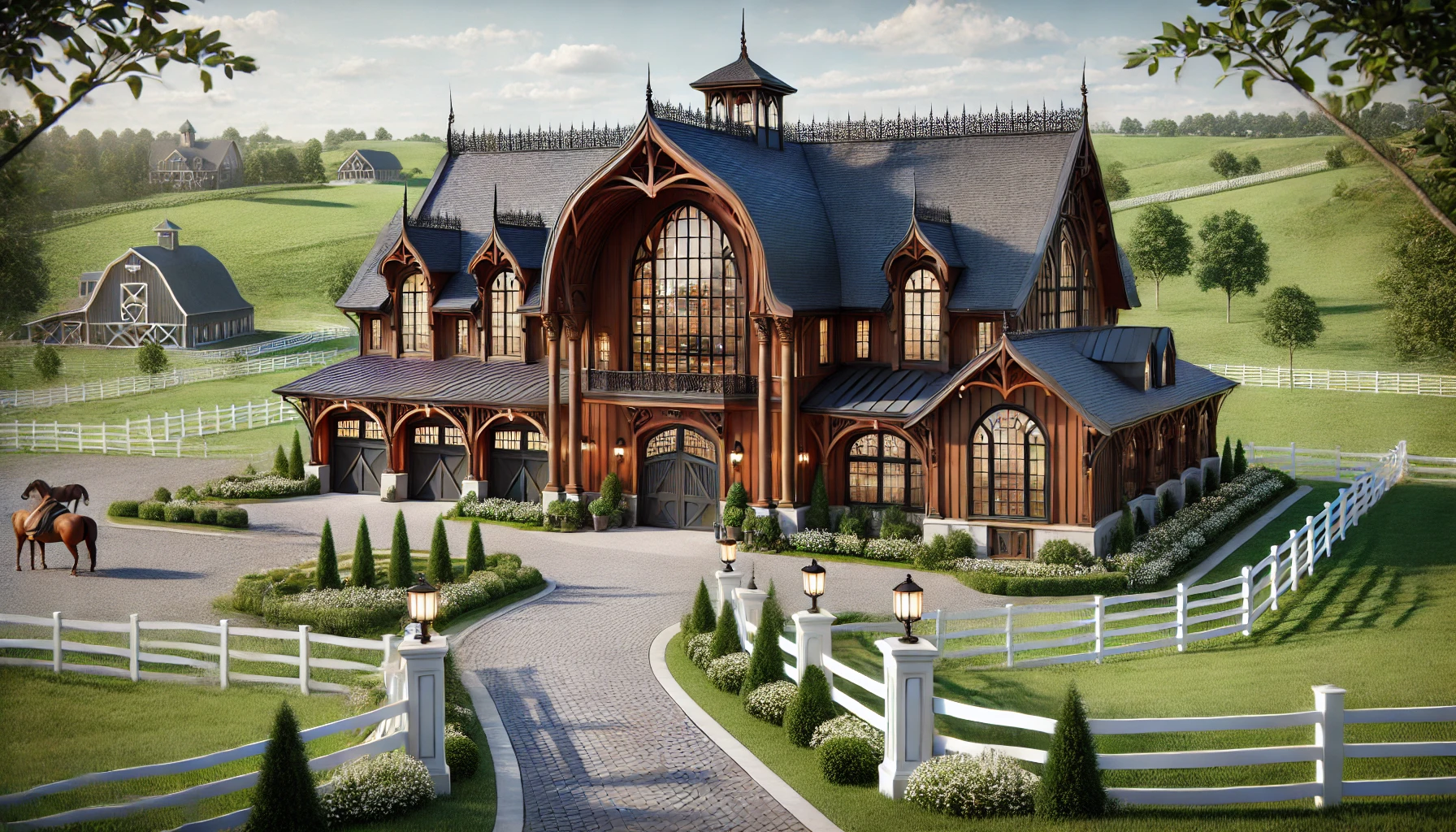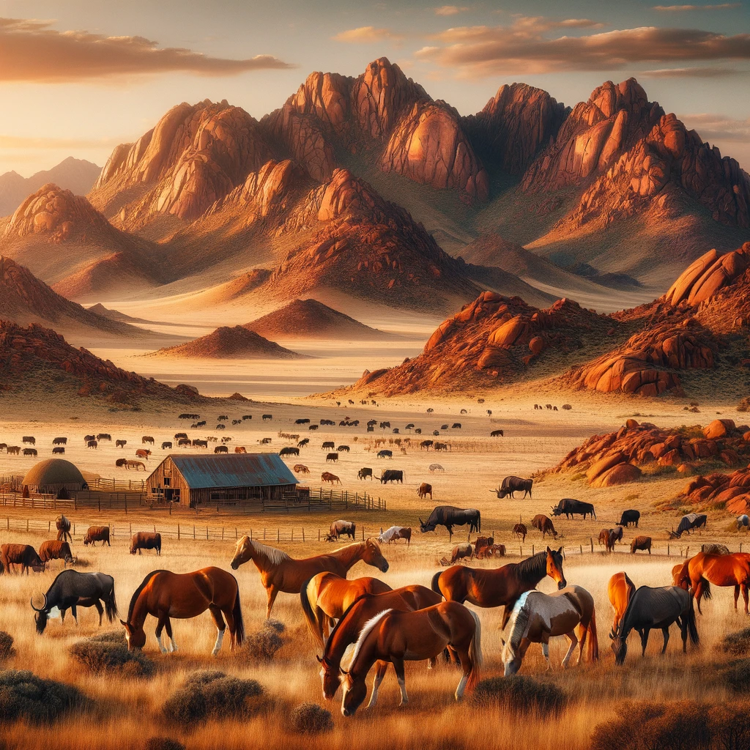
Conserving Land for Horseback Riding Use: A Comprehensive Guide
Introduction
In a rapidly urbanizing world, preserving equine lands has become a critical issue. With the pressures of development, horse trails, boarding facilities, and hayfields face the threat of disappearing. The Equine Land Conservation Resource (ELCR) stands at the forefront of this issue, working tirelessly to protect and preserve equestrian lands for future generations.
Importance of Equine Lands
The United States boasts a rich equestrian heritage, with horses playing roles in work, recreation, and companionship. As the population grows, so does the demand for land resources. Organic urban growth significantly impacts the availability of land for equine activities, equating the need for equestrian spaces with other land uses.
The Mission and Impact of ELCR
Formed in 1996, the ELCR is a national nonprofit organization dedicated to protecting lands for horses through education and advocacy. Over the years, ELCR has been instrumental in preserving more than 230,000 acres and over 3,100 miles of trails. They understand that it’s not just about preserving trails but also the farms, ranches, and competition venues they traverse.
Problems and Statistics
The US horse population requires a minimum of 36 million acres of land. However, farmland is disappearing at an alarming rate, with 4,200 acres lost daily. This rapid loss jeopardizes the accessibility of land for equestrian activities, posing a significant risk to the future of these spaces.
Case Studies
ELCR has successfully partnered with various organizations to protect equine lands. One notable partnership was with the New Hampshire Horse & Trail Association, where they fought against changes that would have restricted public trails for equine activities. This collaboration highlights the importance of local advocacy and action.
Community Involvement
ELCR encourages local equestrian communities to actively participate in land use planning and development. This involvement can include forming or joining land use monitoring organizations, educating others about the value of equine activities, and building positive relationships with community leaders to ensure the needs of the equestrian community are considered in future planning processes.
Human Resources and Support
ELCR offers a wealth of resources, including partnership guides, webinars, and technical assistance. Their website is a treasure trove of information, providing support for equestrians facing the loss of lands. These resources empower the equestrian community to take proactive steps in preserving their spaces.
Conclusion
The conservation of equine lands requires proactive community involvement and strategic planning. By working together, the equestrian community can ensure the preservation of these critical open spaces for future generations. Through education, advocacy, and collaboration, we can protect the lands that are essential for equine activities and heritage.
Frequently Asked Questions
What is the role of the Equine Land Conservation Resource (ELCR)? The ELCR is a nonprofit organization dedicated to protecting lands for horses through education and advocacy, ensuring the preservation of trails, farms, ranches, and competition venues.
Why is land conservation important for horse businesses? Land conservation is crucial for maintaining spaces for horse trails, boarding facilities, and hayfields, which are essential for equine activities and the equestrian community.
How much land does the US horse population require? The US horse population requires a minimum of 36 million acres of land for various equine activities.
What are some challenges facing equine land conservation? The rapid disappearance of farmland, with 4,200 acres lost daily, poses a significant challenge to equine land conservation, making it difficult to maintain accessible spaces for equestrian activities.
How can local equestrian communities get involved in land conservation? Local equestrian communities can form or join land use monitoring organizations, educate others about the importance of equine activities, and build positive relationships with community leaders to advocate for the preservation of equine lands.
What resources does ELCR provide to support land conservation efforts? ELCR offers partnership guides, webinars, technical assistance, and a comprehensive website with information and resources to help equestrians address land conservation challenges.
For more information and resources, visit the Equine Land Conservation Resource website.
Post a Comment
You must be logged in to post a comment.




